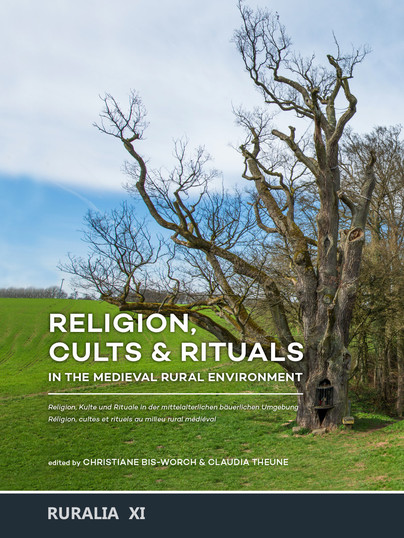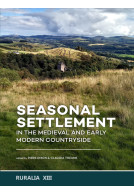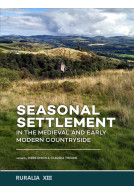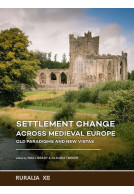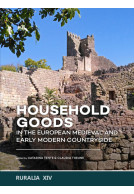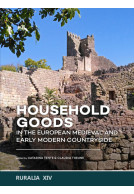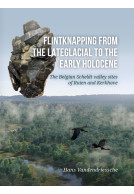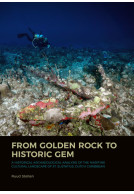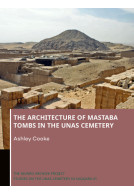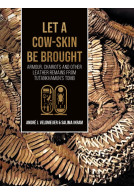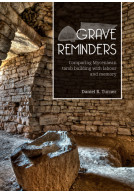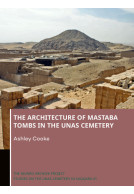Religion, Cults & Rituals in the Medieval Rural Environment (Hardback)
Religion, Kulte und Rituale in der mittelalterlichen bäuerlichen Umgebung | Réligion, cultes et rituels au milieu rural médiéval
Imprint: Sidestone Press
Series: Ruralia
Pages: 425
Illustrations: 71fc/91bw
ISBN: 9789088904875
Published: 11th September 2017
Script Academic
Series: Ruralia
Pages: 425
Illustrations: 71fc/91bw
ISBN: 9789088904875
Published: 11th September 2017
Script Academic
Please note this book may be printed for your order so despatch times may be slightly longer than usual.
You'll be £180.00 closer to your next £10.00 credit when you purchase Religion, Cults & Rituals in the Medieval Rural Environment. What's this?
+£4.99 UK Delivery or free UK delivery if order is over £40
(click here for international delivery rates)
Order within the next 8 hours, 57 minutes to get your order processed the next working day!
Need a currency converter? Check XE.com for live rates
(click here for international delivery rates)
Order within the next 8 hours, 57 minutes to get your order processed the next working day!
Need a currency converter? Check XE.com for live rates
The study of belief, faith and religious practices can provide a deep insight into historical societies, whether Christian, Muslim, Jewish or pagan. They form a constant of human behaviour. Through religion, cult and rituals, multi-layered and complex cultural norms are expressed, demonstrating group affiliation. However, popular devotion and belief in a rural environment can include practices that are out with those of the official religion.Some of these practices discussed in this book can be investigated through archaeology. Important religious sites like churches, monasteries, mosques and synagogues as well as caves, holy wells and hermitages are discussed. Furthermore burials of children, revenants and the condemned are analysed, as they often deviate from normal practice and shed light on particular communities and their beliefs. Rituals concerning the protection of buildings and persons which focus on objects attributed with religious qualities are another area explored. Through archaeological research it is possible to gain an understanding of popular religion of medieval and early modern times and also to draw conclusions about religious ideas that are not written in documents. By bringing together these topics this book is of particular interest to scholars working in the field of archaeology, history and cultural anthropology.The addressed subjects were the theme of an international conference of the RURALIA association held in Clervaux, Luxemburg, in September 2015. Ruralia promotes the archaeology of medieval settlement and rural life. Current research questions in rural archaeology are discussed in an European wide context. The aim is to strengthen the exchange of knowledge in, and the development of, archaeologically comparable studies, and to make archaeological results available to other disciplines.
Other titles in the series...
Other titles in Sidestone Press...







